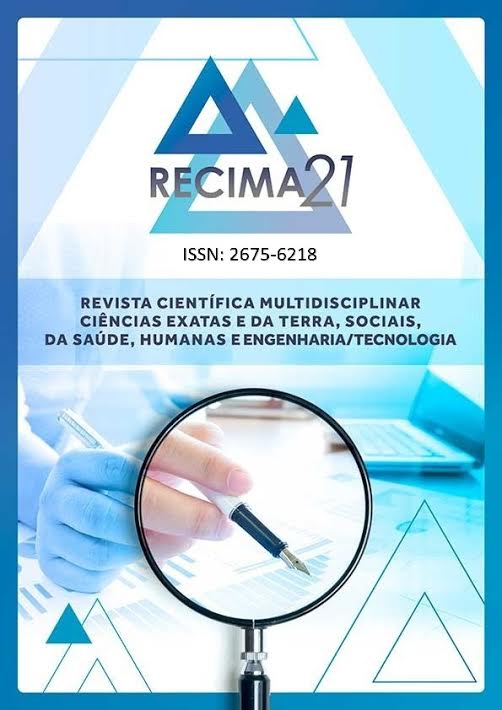ADDRESSING CONCEPTS OF UNIFORM CIRCULAR MOTION THROUGH ASTROPHYSICS AND PLANETARY FORMATION FOR HIGH SCHOOL STUDENTS.
DOI:
https://doi.org/10.47820/recima21.v2i3.155Keywords:
Contextualization, Teaching, InterdisciplinarityAbstract
Physics in high school, usually follows curricula that follow central themes that address the phenomena of nature and serves for the student to think and act in the face of a problematic situation. To insert a critical reflection in common sense, it is important to open spaces for discussions, where each one will think about the problem in its own way. Science brings skills that explore the observation, experimentation and investigation of the world and Astronomy themes, arouses interest and curiosity at different levels of education, as it contextualizes contemporary aspects in the teaching of classical mechanics. As the planetary formation still has gaps to be filled, mainly for the extra-solar systems, taking this subject to high school students, will bring them closer to the scientific investigative process, stimulating questions and showing the importance of the construction of knowledge throughout of time. Thus, introducing the study of planetary formation as a method to explain topics that involve the study of uniform circular motion (MCU), can be promising to arouse interest in students. Finally, the article shows how basic physics can be taught, describing the universe and the Solar System. It also explains the importance of contextualization and its applications in daily life, stimulating learning and arousing the student's curiosity in the search for knowledge, with scientific rigor, using Physics as a tool for such search.
Downloads
Downloads
Published
How to Cite
Issue
Section
Categories
License
Copyright (c) 2021 RECIMA21 - Revista Científica Multidisciplinar - ISSN 2675-6218

This work is licensed under a Creative Commons Attribution 4.0 International License.
Os direitos autorais dos artigos/resenhas/TCCs publicados pertecem à revista RECIMA21, e seguem o padrão Creative Commons (CC BY 4.0), permitindo a cópia ou reprodução, desde que cite a fonte e respeite os direitos dos autores e contenham menção aos mesmos nos créditos. Toda e qualquer obra publicada na revista, seu conteúdo é de responsabilidade dos autores, cabendo a RECIMA21 apenas ser o veículo de divulgação, seguindo os padrões nacionais e internacionais de publicação.













